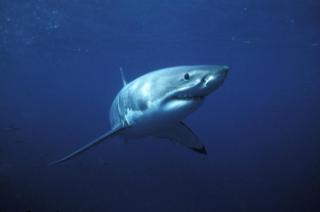Marine Mammal Protection Act
2022
Enacted on Oct. 21, 1972, the Marine Mammal Protection Act responded to growing concerns that marine mammal species were on the verge of extinction as a result of human activity
2020
The North Atlantic right whale has officially been red-listed by the International Union for Conservation of Nature — an ominous step for a species that has long teetered on the brink of extinction.
2018
Last month, NOAA declared an Unusual Mortality Event for pinnipeds, a group of aquatic mammals that include seals.
2013
On the surface it seems like a simple and straightforward equation: more seals equals more great white sharks. The connection, however, is likely far more complicated.
2011
Knowledge of the Atlantic great white shark has been relegated for too long to the fevered imaginations of nervous beachgoers and boaters. With the animals returning to the New England coastline in larger numbers, one state scientist with Vineyard roots is bringing that understanding out of the realm of the mythical and uncovering fascinating insights into this elusive two-ton, apex predator’s behavior.
There’s nothing worse than getting sick in the summer, and no group knows that better than the Island seal population which hopes to shake off a mysterious illness that has brought several weary seals ashore to die over the past couple months.






